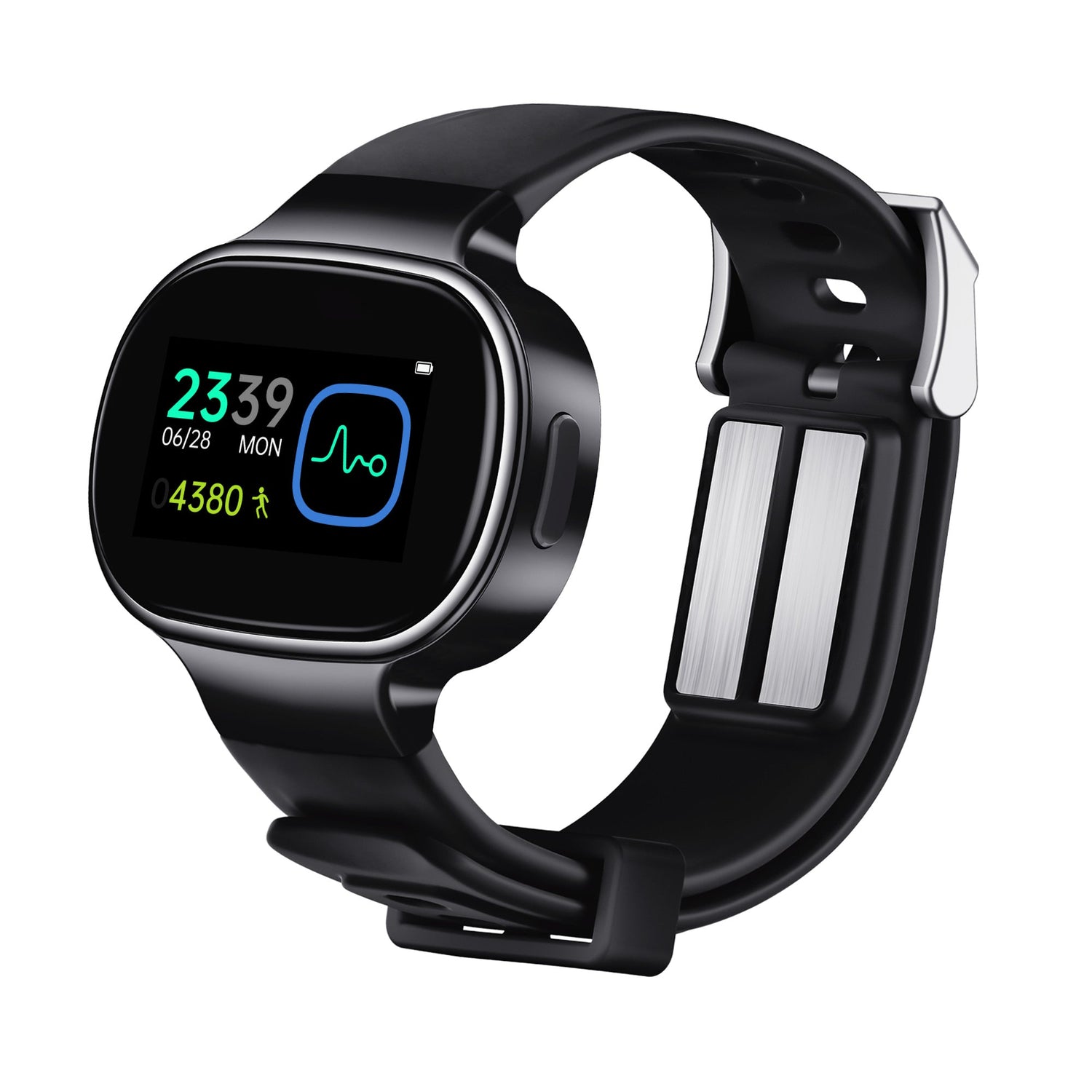Migraines can be debilitating, but finding effective treatment options can make a significant difference in managing this condition. Here is a comparison of common migraine treatment methods to help you make informed decisions:
Medications: Traditional migraine treatments often involve medications such as pain relievers, triptans, and preventive medications. While these medications can provide relief for some individuals, they may come with side effects and limitations, such as the risk of medication overuse headache.
Behavioral Therapies: Cognitive-behavioral therapy (CBT) and relaxation techniques are non-pharmacological approaches that aim to reduce migraine frequency and severity. These therapies can be effective for some patients, especially when combined with other treatment modalities.
Lifestyle Modifications: Making lifestyle changes, such as maintaining regular sleep patterns, managing stress, and avoiding trigger foods, can also help reduce migraine frequency and severity. While lifestyle modifications may not provide immediate relief, they can contribute to long-term migraine management.
Neuromodulation Devices: Neuromodulation devices, like HeadaTerm 2, offer an alternative approach to migraine treatment. It is FDA-approved for over-the-counter use in treating episodic migraines in adults aged 18 and older. By delivering electric impulses to the nerves responsible for migraine pain, HeadaTerm 2 offers drug-free relief and prevention of migraine headaches.

In conclusion, finding the right migraine treatment method often involves a combination of approaches tailored to individual needs. You might consider consulting with a healthcare professional to explore your options and develop a personalized treatment plan that works best for you. With advancements in migraine treatment technology like HeadaTerm 2, there is hope for finding effective relief and improving quality of life for migraine patients.

